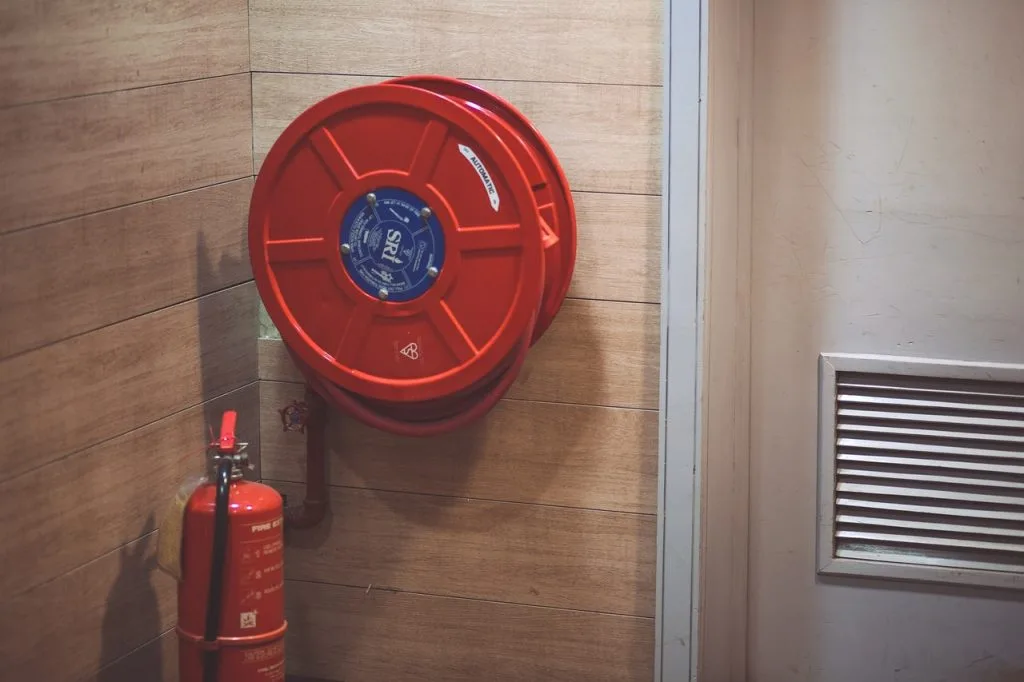Whether you are building an apartment, a hotel, or an office, a fire extinguisher is a must. They help you fight the fire and protect yourself and the property. However, you need to have the right fire extinguisher, and you should know how to use them efficiently to get the most out of them.
But before we move forward, let’s understand the different types of fires.
The good news is, LESSO fire extinguisher has a solution for all types of fires.
Here are the four most common types of fire extinguishers.
1. Water-fire Extinguishers
These are the most common and effective types of fire extinguishers. They are used to control Class A fire. Since it contains only water, it is the least expensive among other types of fire extinguishers. But again, there are different types of water extinguishers in the market.
2. Foam Fire Extinguisher
Ideal for Class A and Class B fires, foam extinguishers produce a layer of foam that seals the surface, thereby preventing flammable vapor from reaching the atmosphere. Since the foam is mixed with water, it also has a cooling effect.
However, it is worth mentioning that foam fire extinguishers are not ideal for gaseous fires.
3. Wet Chemical Fire Extinguisher
It is a special type of fire extinguisher that is ideal for extinguishing Class F type fire, i.e., kitchen fire. They contain a solution composed of potassium that effectively calms the fire caused by vegetable fats and oils.
Wet chemical fire extinguishers can also be used in Class A and Class B fires. So, this is ideal for homes and restaurants.
4- Carbon Dioxide Fire Extinguisher
This is one of the most common and effective types of fire extinguishers. They are perfect for managing Class B fires and Class E (electrical fires). Since it adds more CO2 to the environment, it cuts off the oxygen supply, thereby suppressing the fire. It also does not leave any residue behind, making It perfect to use in server rooms, offices, and workplaces with electrical equipment.
Remember – Never use a carbon dioxide fire extinguisher in case of Class F fires, as it will spread the fire even more rather than suppressing it.
Also read: Essential Safety Tips for Kids to Know This Year
Conclusion
Fire can be fatal for both life and property. Therefore, it is crucial to have fire extinguishers in place. What is more important is using the right type of fire extinguisher. Hope this article has helped you understand the four common types of fire extinguishers and their uses.
Have more questions? Shoot in the comment section.







